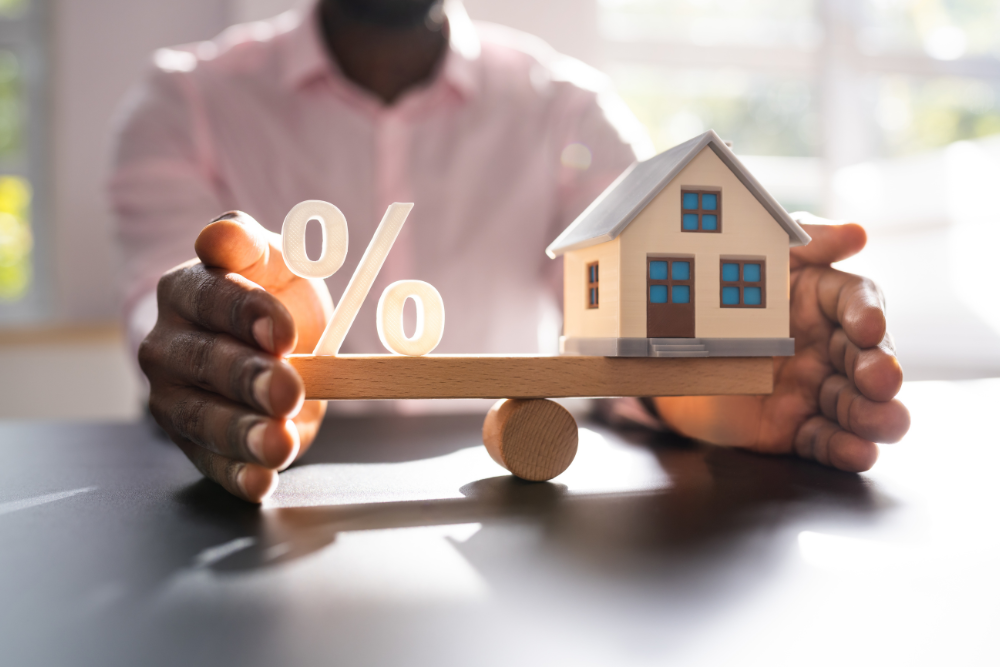As we navigate through 2025, the Northeast's housing market is experiencing the undeniable impact of rising interest rates. Homebuyers, sellers, and realtors are all feeling the heat as these changes ripple through the market. Understanding the implications of these interest rate hikes is crucial for anyone involved in the real estate sector, seeking to buy or sell property, or even those interested in the economic developments shaping this pivotal region. In this blog, we’ll break down the effects of these rising rates, explore the changes in buyer behavior, and examine the housing supply challenges emerging in the Northeast.
Rising Interest Rates and Their Immediate Impact
Since the start of 2025, interest rates have increased markedly, leading to immediate shifts in the housing market dynamics. A key consequence has been a reduced affordability for potential homebuyers. As mortgage rates rise, monthly payments increase, effectively pricing out many would-be buyers from the market. This has contributed to a cooling effect on the once-hot Northeast housing scene, with noticeable decreases in both property sales volume and frequency.
Moreover, the once fervent bidding wars are becoming less common as borrowers reassess their financial capabilities. Homebuyers are now more cautious, extensively researching economic forecasts and market reports before deciding to act. This change in buyer sentiment is shaping the market's future, and real estate professionals need to adapt to these new conditions.
Increasing Cost of Borrowing

The primary driver behind the market shift is the increased cost of borrowing. With each rate hike, obtaining a mortgage for a new home becomes more expensive. Buyers are now waiting longer to save larger down payments to compensate for higher monthly costs. Meanwhile, those planning to refinance are reconsidering their options because the potential savings have diminished considerably due to elevated interest rates.
In essence, the rising interest rates have created a more discerning buyer base, fundamentally altering the dynamics between supply and demand in the Northeast housing market.
Behavioral Shifts Among Homebuyers and Sellers
As interest rates climb, behavioral shifts among homebuyers and sellers in the Northeast are emerging. These shifts are reshaping the landscape of real estate in the region.
Buyers Adopting a 'Wait and See' Approach
Many potential buyers are adopting a 'wait and see' approach, expecting that the abrupt surge in rates might stabilize or even decline in the future. This approach is contributing to a slowdown in market activity, as fewer people are willing to lock in a mortgage at today's elevated rates. The anticipation of a future market correction, paired with economic uncertainty, is leading buyers to hold off on significant financial commitments.
Sellers Adjusting Pricing Strategies
On the flip side, sellers are being forced to adjust their pricing strategies. With fewer buyers in the market, properties are taking longer to sell, often leading to price reductions. Sellers who previously expected to benefit from quick sales and competitive bidding are now facing a reality where pricing realistically and strategically is more critical than ever. The balance of power is gradually shifting back towards buyers, making negotiations more complex and extended.
The Long-term Effects on Housing Supply and Demand
The long-term effects of rising interest rates on housing supply and demand in the Northeast can already be discerned. Changes in construction, regulatory adjustments, and demographic shifts are all playing a part in redefining the market's future.
Slowdown in New Construction Projects
Rising interest rates are also impacting developers and builders, with many choosing to delay or even cancel new housing projects. The increased cost of financing large-scale developments means that less housing inventory is being brought to market. This development slowdown exacerbates the existing supply problem, even as the demand for affordable housing continues to grow in many parts of the Northeast.
The Growing Demand for Rental Properties
Simultaneously, the demand for rental properties is rising as potential homebuyers opt to rent instead. This shift creates a ripple effect in the rental market, leading to increased rental prices and more intense competition for desirable rental units. Those transitioning from homeownership aspirations to renting contribute to the increasingly competitive and expensive rental market environment.
–
The impact of rising interest rates on the Northeast’s housing market in 2025 is multifaceted, influencing not only buyer and seller behaviors but also affecting housing supply and overall market dynamics. As the market continues to adapt to these changes, staying informed and strategic is key for buyers, sellers, and real estate professionals.
If you're planning to navigate this evolving market in 2025, it’s essential to work with knowledgeable professionals who can help you make informed decisions. Connect with our expert team today to ensure you're making the most of the current market conditions. Stay ahead and turn interest rate challenges into opportunities by visiting our website or calling us to schedule a consultation. Let's help you achieve your real estate goals in this dynamic environment.



